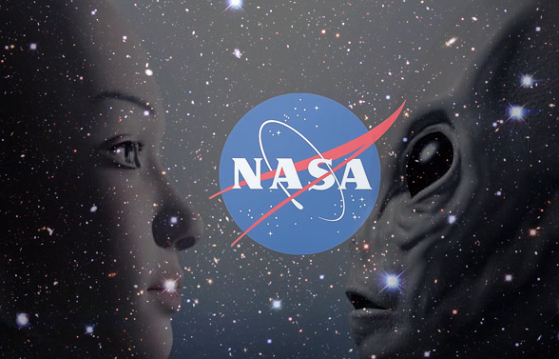NASA Planet Hunters Estimate to Find Alien Life in 20 Years

Space program scientists believe that the mankind will soon discover evidence of alien life within 20 years from now. NASA has offered prediction that 100 million worlds in mankind’s Milky Way galaxy might be homes of extra-terrestrial life.
The space agency has outlined a plan to use the most recent telescope technology for their quest to search for alien life and recently announced about a plan to launch the Transiting Exoplanet Surveying Satellite in 2017. The NASA scientists and administrators expect to discover alien life within the next two decades.
Moreover, the Space Telescope Science Institute (STSCI) in Baltimore has planned to launch the James Webb Space Telescope in 2018. Scientist and director at the STSCI, Matt Mountain, said that he is very excited on the moment mankind discovers potential signatures of life or when human race realizes the possibility that there’s life elsewhere in the universe.
Mountain said no one knew five years ago that 10 to 20 percent of stars around Earth have the same size as the planet in the zone that is considered habitable. He added that it is now within the human race grasp to pull off a discovery that would give change to the world forever.
The NASA planet researchers estimate that there are around a hundred million worlds within the Milky Way galaxy, which likely host life beyond Earth and 17 billion Earth-sized worlds are orbiting the 100 million stars of the galaxy. These NASA’s estimates have been described as conservative by its planet hunters.
The NASA says that researchers use the latest technology on the ground and space to determine the presence of liquid water, which is essential for life to exist. NASA astronomer Kevin Hand is very positive that they can find alien life in the next 20 years, particularly in Jupiter’s moon Europa.
When asked if there’s life beyond Earth, NASA administrator and former astronaut Charles Bolden said that most of his colleagues would say that it’s improbable human race is alone in the limitless vastness of the universe.
Planetary science and physics professor Sara Seager of the Massachusetts Institute of Technology in Cambridge, Massachusetts said mankind can point to a star and say that it has a planet like Earth in the near future. She added astronomers believe it’s very possible that each star in the Milky Way galaxy has at least one planet.



 Creators of mankind
Creators of mankind Description of “Tall white aliens”
Description of “Tall white aliens” Where they came from?
Where they came from? About hostile civilizations
About hostile civilizations The war for the Earth
The war for the Earth “Tall white aliens” about eternal life
“Tall white aliens” about eternal life Video: “Nordic aliens”
Video: “Nordic aliens” Aliens
Aliens Alien encounters
Alien encounters The aliens base
The aliens base UFO
UFO Technology UFO
Technology UFO Underground civilization
Underground civilization Ancient alien artifacts
Ancient alien artifacts Military and UFO
Military and UFO Mysteries and hypotheses
Mysteries and hypotheses Scientific facts
Scientific facts


















